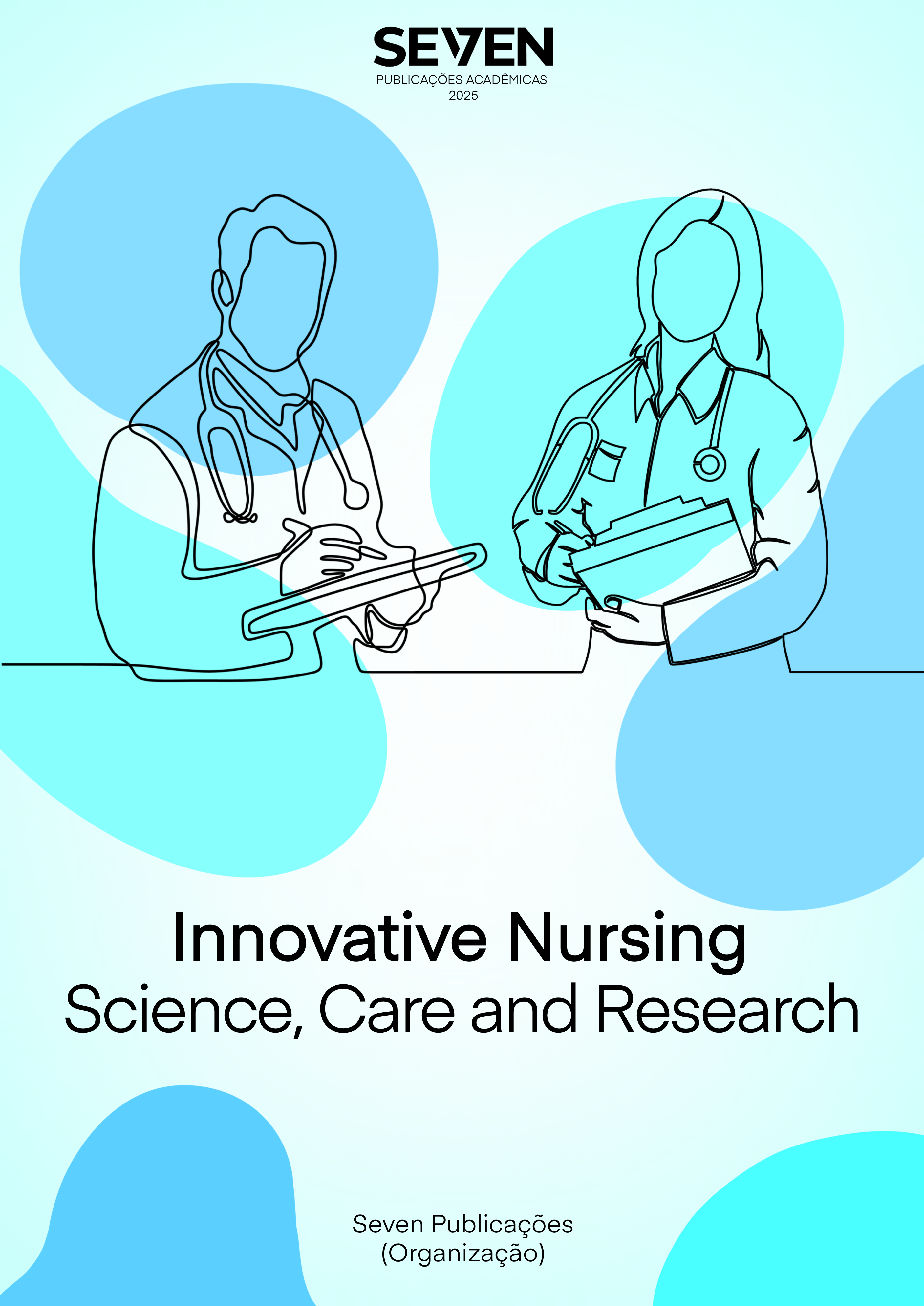TOMOGRAPHIC FINDINGS IN COVID-19 LUNGS: THE CONTRIBUTION OF ARTIFICIAL INTELLIGENCE
Keywords:
3D Slicer, Lung Analyser, Chest tomography, Covid-19Abstract
Since the beginning of the Coronavirus Disease (COVID-19) pandemic, chest CT scans have been a strong ally in the diagnosis and follow-up of patients. New tools have been developed to make lung analysis more objective, such as the 3D Slicer and its Lung Analyser tool. This study aimed to describe the tomographic findings found in patients with COVID-19 admitted to the Care Unit using this tool. Method. One hundred and one sets of tomographic images of patients hospitalized between March 2020 and December 2021 with a positive diagnosis of COVID-19 were randomly selected. The Lung Analyser was used to perform the analysis, quantifying the "emphysematous", "infiltrated", "collapsed" and "total affected" lung in milliliters and their percentage. Findings. The findings of emphysema remained at around 20% of the volume. Infiltrates, collapsed lungs, and the percentage of total involvement did not show this similarity, with an important plurality of results. In pulmonary infiltrates, the mean involvement rate was 32.98%, with a standard deviation of 0.095. For the percentage of collapsed lung, we have an average of 11.48% and a standard deviation of 0.067. The mean total percentage of lung affected was 44.3%, with a standard deviation of 0.15. Conclusion: The description of findings found by the software can be valuable for the identification and quantification of lung lesions in patients with COVID-19, reducing the subjectivity of the reports and helping to better understand lesions, which are sometimes not so visible to the human eye. Its use does not exclude the need for experienced radiologists for the best evaluation.
Downloads
Published
Issue
Section
License
Copyright (c) 2025 Bruna Martins Dzivielevski da Camara, Heloisa Severgnini, Georgia Garofani Nasimoto, Rafaella Stradiotto Bernardelli, Auristela Duarte de Lima Moser, Mauren Abreu de Souza

This work is licensed under a Creative Commons Attribution-NonCommercial 4.0 International License.





